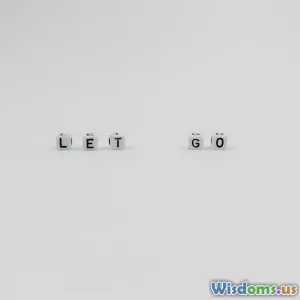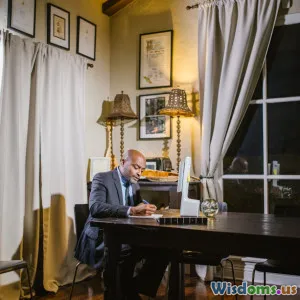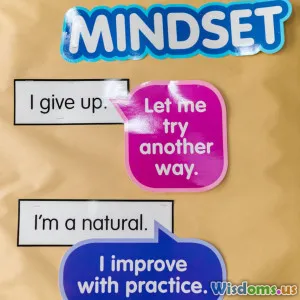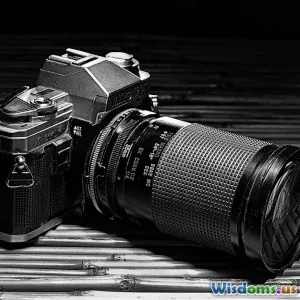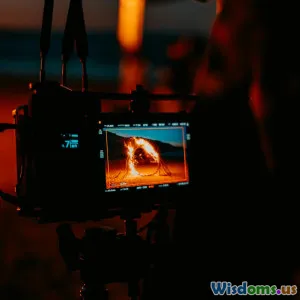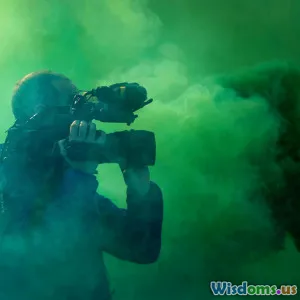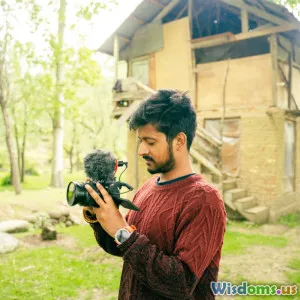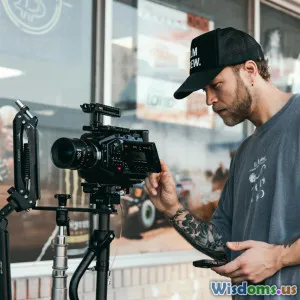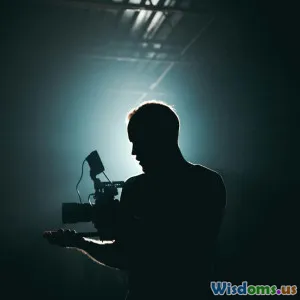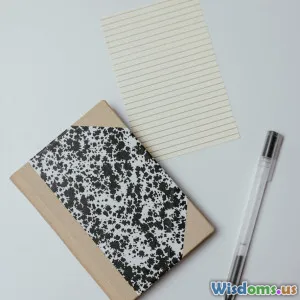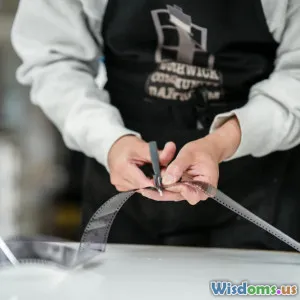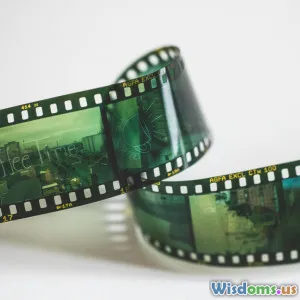
Building a Narrative Through Cinematography
6 min read Discover how cinematography shapes storytelling, engaging viewers visually to craft compelling narratives in film and photography. (0 Reviews)
Building a Narrative Through Cinematography
Cinematography isn’t just about capturing beautiful images; it’s an essential storyteller’s tool that breathes life into scripts and characters. Imagine watching a film without any considered camera movement, lighting variations, or framing decisions—just static shots without emotion or purpose. Cinematography uses visuals to evoke emotions, reveal character psychology, convey themes, and immerse the audience in a story world. In this article, we will explore how filmmakers build compelling narratives through the deliberate art of cinematography, revealing secrets behind unforgettable storytelling.
The Power of Visual Storytelling
Narrative in cinema is often thought of in terms of plot and dialogue, yet much of the story is told through visuals. Cinematography bridges the gap between the written screenplay and the viewer's emotional experience by manipulating visual language. Every choice—a camera angle, lighting setup, or color palette—functions as a word or sentence contributing to the story’s meaning.
In the film Blade Runner 2049 (2017), Roger Deakins’ cinematography immerses viewers in a dystopian world using interplay of light and shadow and cold, desaturated colors, reinforcing themes of isolation and existential angst without explicit exposition.
Key Elements of Cinematography in Narrative Building
1. Composition and Framing
The arrangement of elements within the frame can signal character relationships, power dynamics, or thematic concerns. For example, using wide shots isolates a protagonist, suggesting loneliness, while close-ups capture intimate emotional shifts.
Consider Alfred Hitchcock’s Psycho (1960): the infamous shower scene uses tight framing to heighten tension and immediacy, making the viewer an intimate witness to the protagonist's terror.
Composition also leads the viewer’s eye, guiding focus toward narrative clues or character motives.
2. Lighting
Lighting can shape mood, symbolize ideas, or reveal deeper subtext. High contrast lighting (chiaroscuro) creates suspense and moral ambiguity as famously used in film noir classics like Double Indemnity (1944).
Leone’s The Good, the Bad and the Ugly (1966) uses warm, dusty tones and glowing golden-hour light to convey both beauty and brutal reality of the Old West, enhancing the mythic narrative.
3. Camera Movement
Movement breathes life into a story by dynamically reflecting emotional states or plot progression. Techniques like tracking shots, pans, or handheld camera can elicit intimacy, urgency, or chaos.
In Children of Men (2006), the long, unbroken tracking shots thrust the audience into perilous environments, amplifying tension and empathy with characters’ struggles.
4. Color Palette
Colors carry psychological weight and cultural significance. Cinematographers select palettes that either harmonize or contrast with narrative themes.
Wes Anderson’s films, such as The Grand Budapest Hotel, employ distinctive pastel palettes to underscore whimsy and nostalgia, creating an immersive, storybook atmosphere that supports the episodic narrative.
5. Depth of Field and Focus
Selective focus and depth manipulation can reveal a character’s psychological state or prioritize narrative information.
For instance, shallow depth of field blurs out distractions, centering emotional expressions, while deep focus captures large environments that contextualize characters within vast socio-political landscapes, as in Citizen Kane (1941).
Integrating Cinematography with Story Themes
Masterful cinematography doesn’t merely decorate a story, it dialogues with the narrative. In Roma (2018), Alfonso Cuarón’s long takes and monochromatic palette amplify memory's fluid and contemplative nature, matching the film's autobiographical themes.
Innovative cinematographers collaborate closely with directors and writers to ensure visuals align tightly with storytelling. Screenwriters can even craft scenes with specific cinematographic ideas in mind, fostering a seamless narrative experience.
Real-World Tips for Filmmakers
- Analyze great films: Study how cinematographic choices serve the story, not just aesthetics.
- Storyboarding: Visualize narrative arcs through planned shots to recognize where camera movement or lighting can emphasize emotional beats.
- Experiment with lighting: Test how color temperature, shadow, and brightness affect the scene’s mood.
- Use camera angles deliberately: Low angles may empower a character; high angles can diminish them.
- Collaborate: Work closely with your director of photography to maintain narrative integrity.
Conclusion
Building a narrative through cinematography transforms pictures into powerful storytelling instruments. When every frame is intentional—every shadow, color, or cut—cinema transcends mere images to evoke deep emotional responses and convey complex ideas. As storytelling mediums evolve, mastering cinematography remains essential for creators seeking to craft immersive stories that resonate.
The next time you watch a film, pay close attention to how cinematic techniques work together to tell the tale. Whether you're an aspiring filmmaker or a curious viewer, understanding this visual language enriches your appreciation and inspires you to harness its potential in your own narratives.
Rate the Post
User Reviews
Popular Posts

